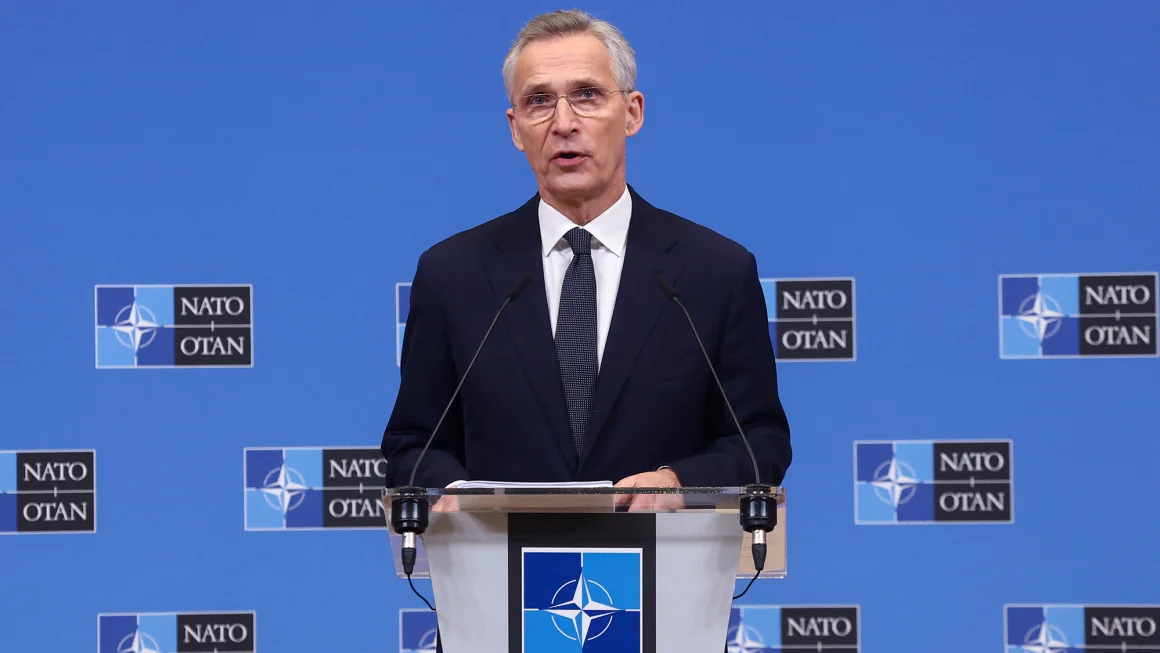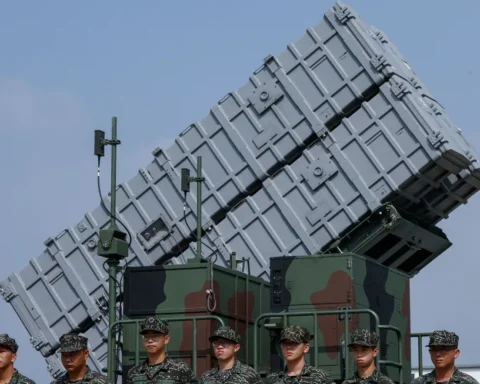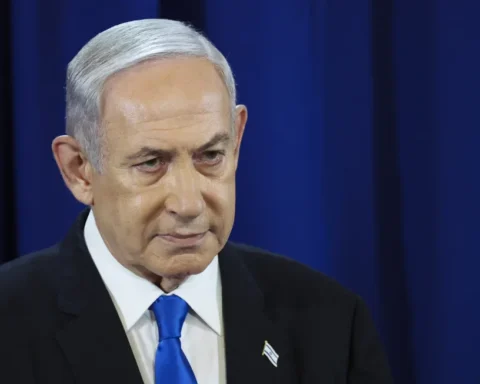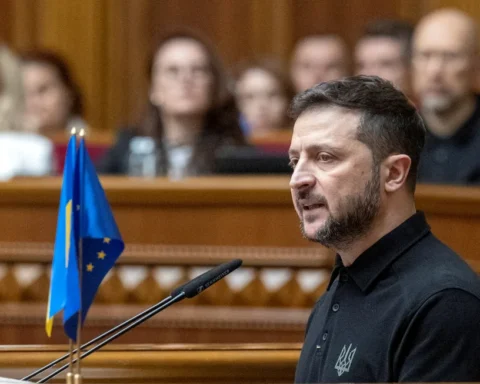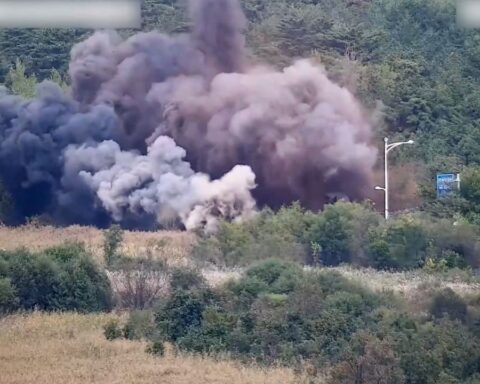In a significant development within the North Atlantic Treaty Organization (NATO), 18 of the 31 member states are poised to achieve the defence spending benchmark of 2% of their Gross Domestic Product (GDP) this year. This announcement was made by NATO Secretary-General Jens Stoltenberg, highlighting a remarkable upsurge from 2014, when merely three allies met this criterion. “That is another record number and a six-fold increase from 2014 when only three allies met their target,” Stoltenberg remarked, underscoring the alliance’s growing commitment to bolstering defence capabilities amidst evolving global security challenges.
The urgency of meeting defence spending targets gained further attention following comments from former US President Donald Trump, who is eyeing reelection in November. Trump’s controversial stance, suggesting a laissez-faire approach towards NATO members not adhering to spending guidelines, sparked a wave of concern. “Any suggestion that allies will not defend each other undermines all of our security, including that of the US, and puts American and European soldiers at increased risk,” Stoltenberg countered, emphasizing the peril such a stance poses to the principle of collective defence that is central to NATO’s foundation.
The discourse surrounding equitable burden-sharing within NATO is not new, with successive US administrations voicing the need for increased contributions from European Allies and Canada. Recognizing the importance of this, NATO members committed a decade ago to elevate their defence expenditures to the 2% GDP benchmark, a move aimed at fostering a more balanced partnership and enhancing the alliance’s overall security infrastructure.
A noteworthy mention in this context is Germany, which announced that its defence budget in 2024 would meet the 2% threshold for the first time since the early 1990s. This development is emblematic of the broader trend within NATO’s European allies. They are expected to allocate 2% of their combined GDP towards defence for the first time this year, marking a significant milestone in the alliance’s journey towards strengthened collective security.
The strides of NATO members in ramping up their defence spending reflect a concerted effort to fortify the alliance’s military readiness and operational capabilities. As nations converge on this critical threshold, the emphasis on equitable burden-sharing and mutual defence commitments remains pivotal in navigating the complex tapestry of global security dynamics. This collective endeavour reinforces NATO’s foundational tenets and solidifies its stance as a bulwark of international peace and stability.


